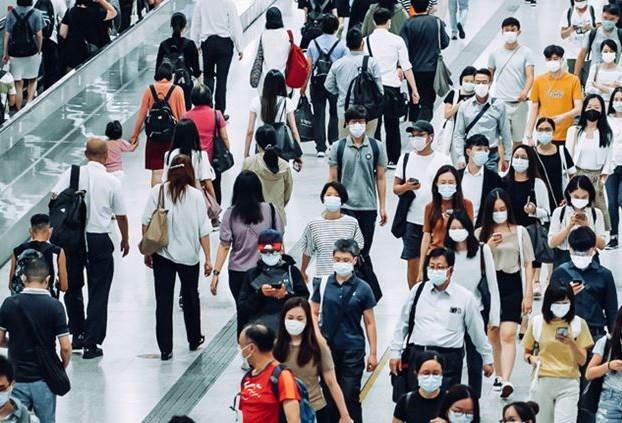
Even though China’s manufacturing centres were able to bounce back in 2020 after the country was initially shut down due to the initial Covid-19 outbreak, power outages, a shortage of shipping containers — and of truck drivers — caused manufacturing to decline in 2021.
And the situation is unlikely to let up in 2022, supply chain experts believe.
Claudio Knizek, global leader for advanced manufacturing and mobility at EY-Parthenon, told Supply Management: “I think the supply environment in Asia is going to continue to be challenging.
“They are under quite a bit of pressure from a workforce perspective as well, due to various Covid-19 related issues. Not only are factories struggling with absenteeism, but moving goods across borders, even within Asia, has become harder.
“This impact of Covid-19 on the workforce can be particularly problematic in Asia, where there is less automation and more reliance on manual labour relative to other parts of the world.”
In 2021, southeast Asian manufacturing hubs including Vietnam, Malaysia and Thailand saw a shortage of workers as governments battled to contain the virus.
Many manufacturers in Asia are currently struggling to meet high levels of demand from domestic and overseas markets, Knizek said.
“In terms of manufacturing, Asia is such a huge player; small hiccups can have a huge global impact there,” he added.
He recommended companies take measures to make their supply chains more agile and ensure they have visibility on both inbound and outbound flows.
Thomas Goldsby, chair of logistics at the Haslam College of Business, University of Tennessee-Knoxville in the US, believes further lockdowns are likely in China and the effects are likely to be felt globally.
The US may be talking about reshoring, but global manufacturing continues to depend on China to large extent, Goldsby told SM.
“[China has] been much quicker to shut down manufacturing, distribution and shipping locations at the first hint of an outbreak than other parts of the world. As a result, these shutdowns could lead to rippling-effect disruptions around the world,” he pointed out.
The world’s two largest ports – both in China – were temporarily closed in 2021. Yantian port partially closed for a month-and-a-half in May and June 2021 while Ningbo briefly shut in August due to Covid-19.
“We are dealing with a substantial imbalance in the flow of shipping containers,” Goldsby added. “Think of all of those ships sitting off the US west coast, each loaded with thousands of containers. It is going to take several months for those containers to come ashore, circulate, and get back to origin for subsequent sailings.”
However Goldsby also believes that in the coming years, US firms may well shift many forms of production to Mexico, ultimately reducing dependence on Asia.
Simon Croom, professor of supply chain management at the Knauss School of Business at the University of San Diego, said alongside labour issues, truck driver shortages and container supply challenges, power outages were also likely to constrain production capacity in Asia in 2022.
“Labour issues and energy problems will be key in Asia, accompanied by problems in production output for key components,” he told SM.
In September, coal shortages caused outages in northeastern China, triggering factory shutdowns.
The Chinese government responded by introducing measures in November to raise coal mines' production quotas and lift production and inventory levels to reduce the risk of further power cuts.
Source: https://www.cips.org/supply-management/news/2022/january/covid-disruption-to-maintain-stranglehold-on-global-supply-chains/

